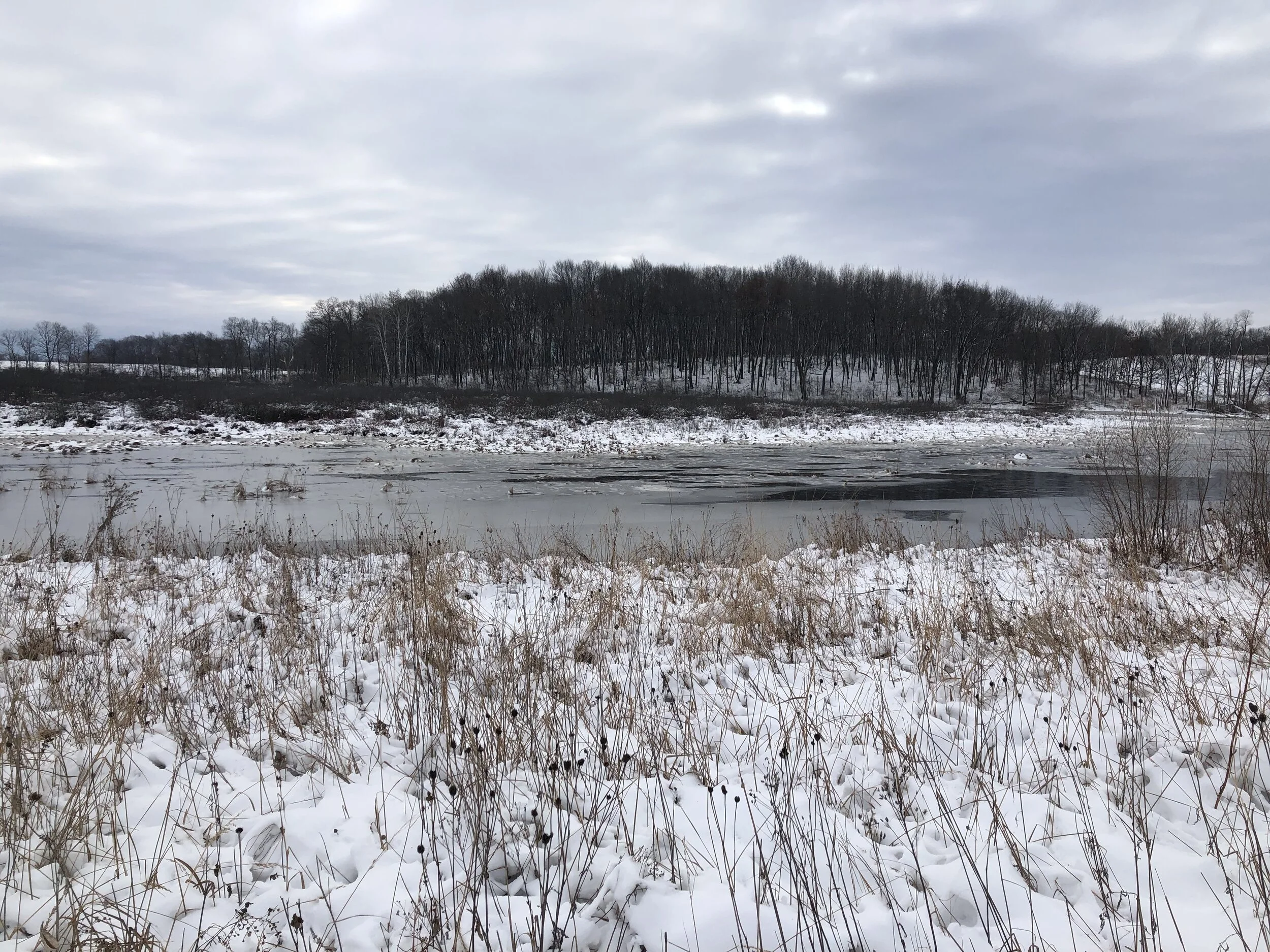Recently I read a fun and fascinating account of a successful introduction of another lovely species with a great name to new, happy, and much needed homes. Please use the following link for this story concerning the starhead topminnow. And that photo on p. 1; isn't that a cute little fish? John Lyons and his "Topminnows For Tomorrow" team (this blog is full of great names and titles) worked incredibly hard over years on this introduction and then wrote a lively article on that process and its results.
Photo by Joshua Mayer









